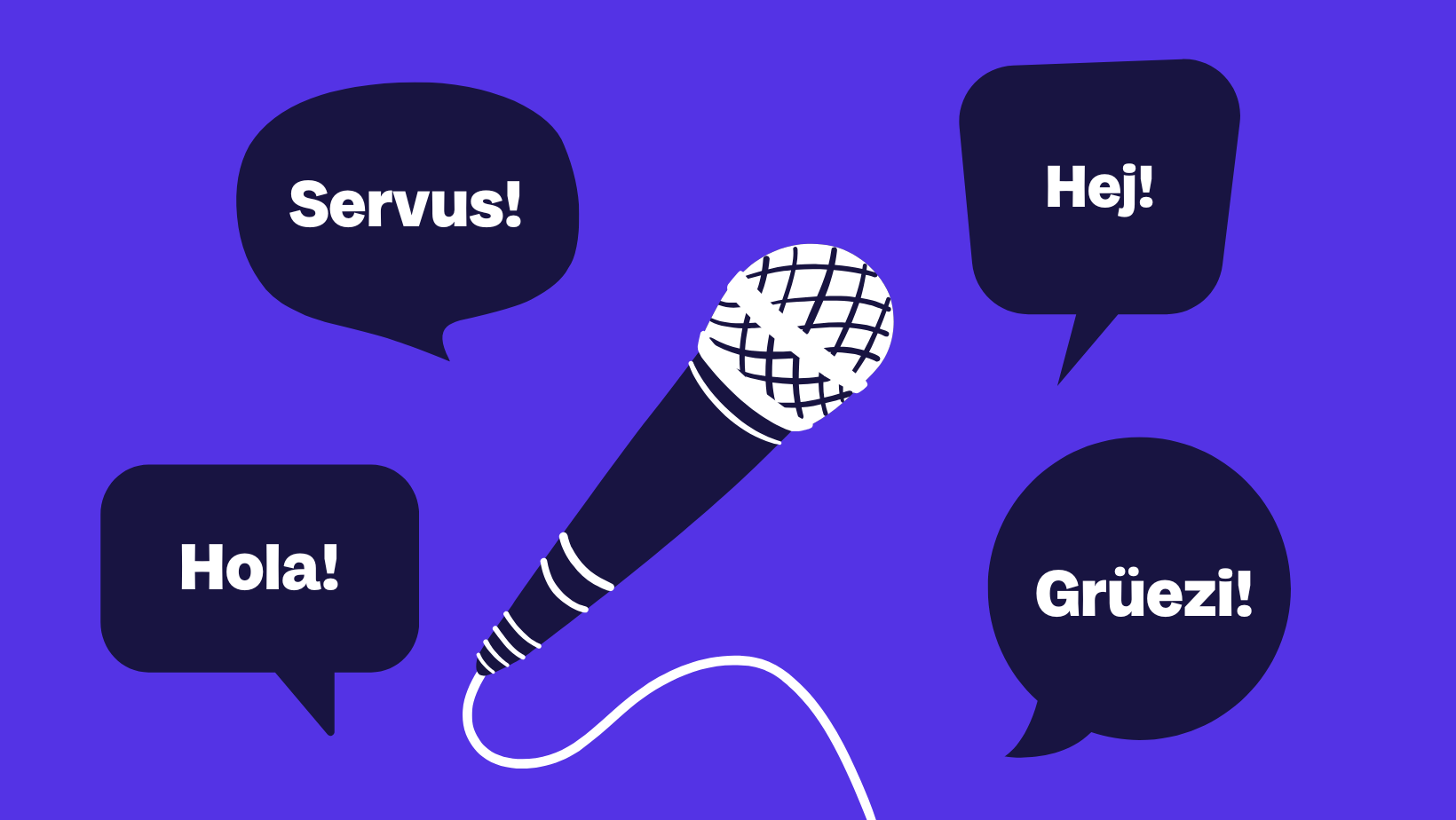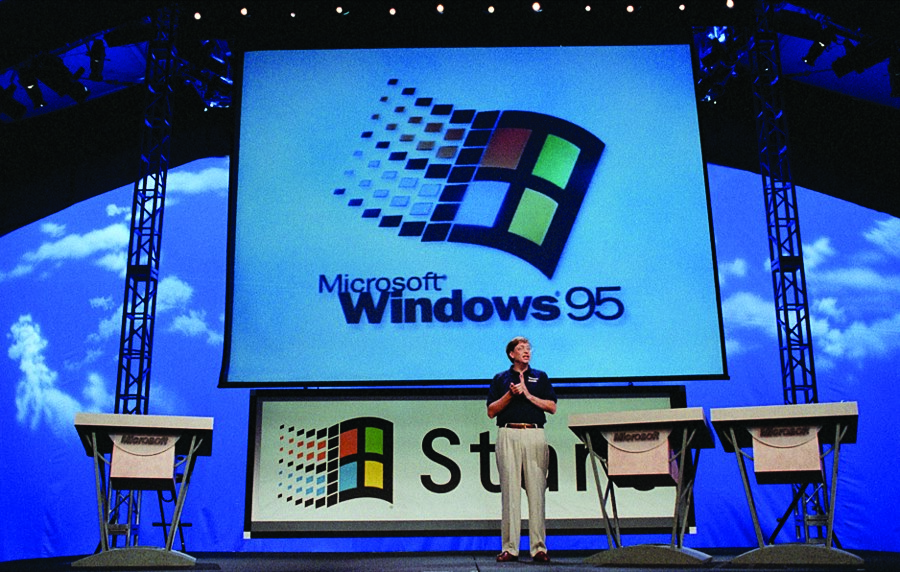You bring the Story, I’ll bring the Wine – Storytelling for Beverage Brands
Whether with red wine by the fire, a beer at the bar or a last nightcap at the hotel bar – wherever people come together for a drink, experiences and adventures are exchanged. “You bring the stories and I’ll bring the wine”, as the former indie rock band Tomte once said in a song. Alcoholic drinks do not just have to serve as an accompaniment. There are plenty of interesting stories to tell about the fine wines themselves. The following examples show what storytelling can look like for beverage brands:
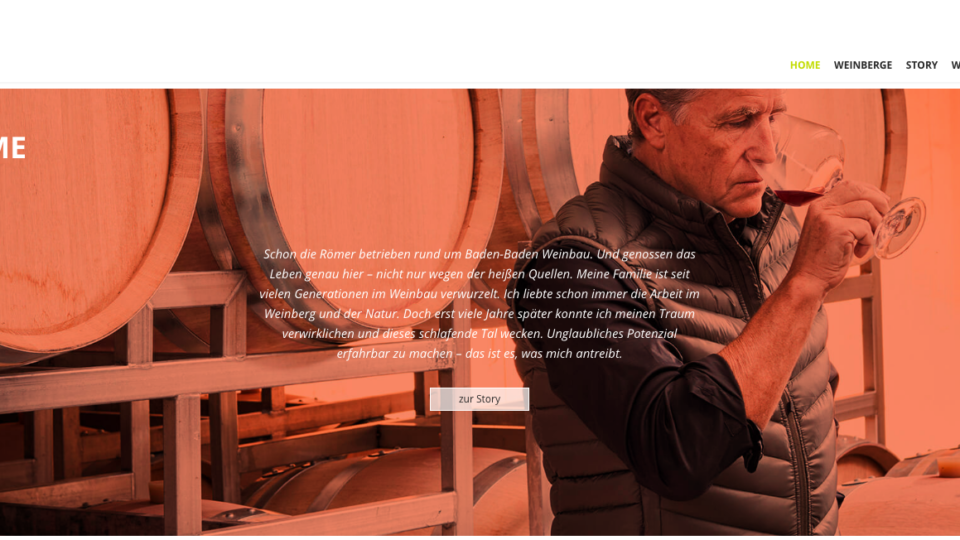
Full-bodied stories about good taste
For wine producers in particular, storytelling has become part of their craft. Winegrowers tell their stories about their vineyards or report on their daily activities on the slopes. Storytelling for beverage brands is also an essential communication tool for sommeliers. After all, sometimes it is the visual language of the grape connoisseurs that provides the right understanding and taste experience. On the other hand, I once experienced that a sommelier I hold in high esteem organized an evening with his favourite wines and linked a very personal story in his life to each variety. As guests however, we didn’t find the brands we tasted that special because we couldn’t share the same memories.
But no matter what episodes you have to tell as a drinks producer, they should not only be shared at the wine tasting or whisky tasting. If you want to reach your target group these days, the stories must also be reflected on the company’s own channels.
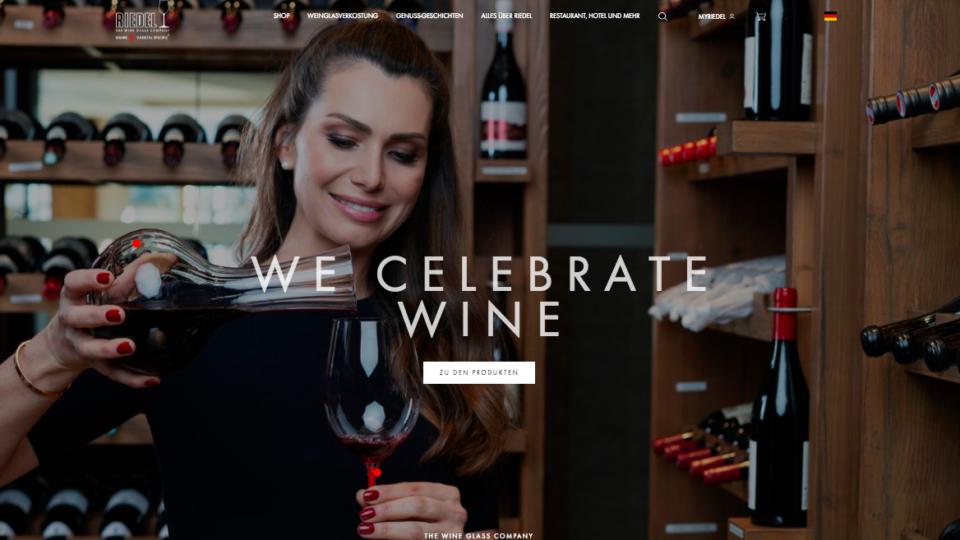
Many drops make a sea: communicating vision in a targeted manner
Whether it’s your own blog, a supplementary landing page, a newsletter or even a YouTube channel – company channels offer a good opportunity to publish carefully prepared, informative or entertaining background information. Once a story is in the room, it can be retold by the audience on their own channels. When interacting with target groups and the community, it is therefore important to always communicate your own story, vision and values in a credible manner. This ensures that the unmistakable message reaches the recipients in the right way and can be conveyed accordingly.
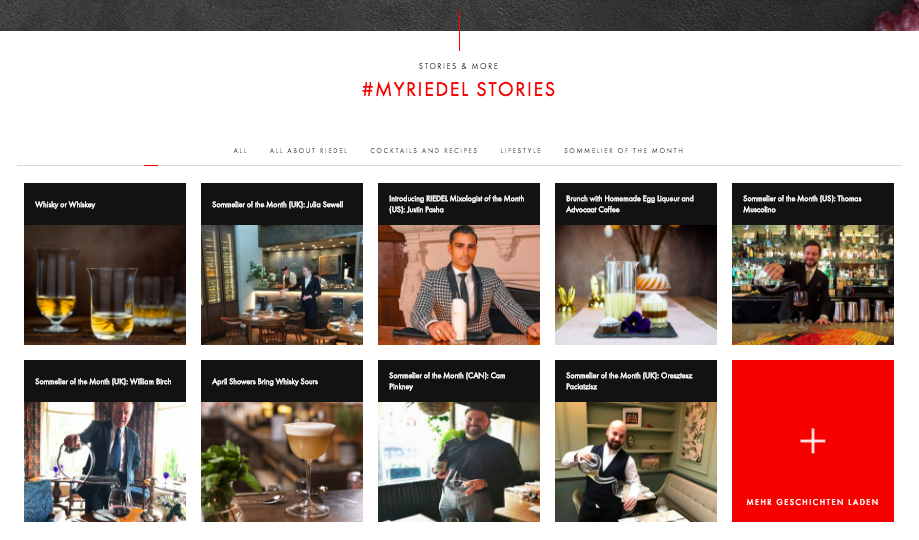
Authentic storytelling: Journey to the water of life
But how do you get your message across with the help of storytelling? A good example in the beverage sector is provided by the company “Tastillery” from Hamburg. There is certainly no shortage of online stores for spirits. Competition is correspondingly tough. This is why the whisky lovers have opted for authentic storytelling in their communication. The theme of “journey and return” serves as the story plot. True to the motto “The journey is the reward”, travelers take things with them that they find along the way. Their greatest reward is knowledge. And so, in nine episodes of “The Whisky Adventure” the founders of Tastillery set off for Scotland to find the best “water of life”. Almost 3,800 YouTube subscribers followed their adventure to the home country of Scotch. The most-watched episode reached 184,000 views.
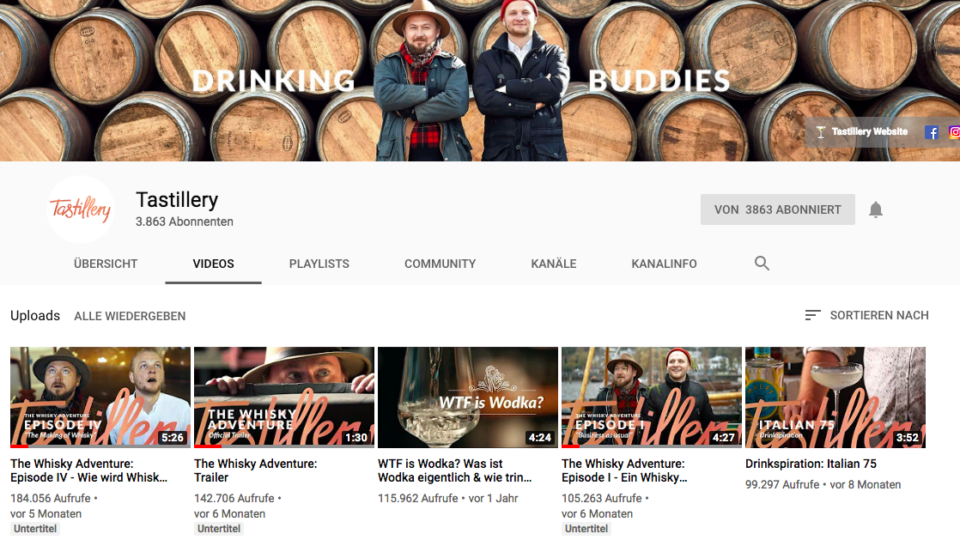
The brand as mentor: Review of the hero’s journey
In addition to the story plot of the “journey and return”, there are other templates in storytelling theory. As a company you can use these to create the right story for your own hero’s journey or that of your target group. The “From dishwasher to millionaire” model is primarily about the development of the heroes. As a mentor in an action like this, companies can inspire their target group to rise above themselves and recognize themselves as heroes. Or even tell their own heroic story. The example of “Johnnie Walker” shows how this can be communicated as a beverage brand. As Scottish actor Robert Carlyle guides the audience through the Highlands, he tells the story of how a Scottish farmer turned his product into a world-famous brand.
Finding the right ingredients for the story
As we have seen, when it comes to storytelling for beverage brands, companies don’t just have to talk about themselves. In addition to anecdotes about the customers, the focus can also be on the employees, the corporate culture, the production of the products and generally the little things that make your own drink so special. Like this video from an American gin brand:
When viewers realize that a story is a comedy, it is easier for them to classify the characters, symbols and actions. This is also the case with the Aviation Gin commercial. The presentation is clearly completely exaggerated and an ironic side-swipe at manufacturers who emphasize their special ingredients or production in the most beautiful storytelling manner. Nevertheless, viewers can well imagine that ingredients and preparation are also very important for the product in this brandy. Actor Ryan Reynolds never takes himself too seriously in public communication and likes to joke about his wife and family. It is therefore only logical for entrepreneurs not to communicate their beverage brand in a “beer-serious” way.
Which stories suit my brand?
But before you choose a story plot for yourself, you need to know how to actually get the right plot. Storylistening is the magic word here. The best approach to developing and telling a good story is to listen to the target groups first.
In addition, not all episodes have to be told in video form. And not all channels have to be served just because they exist. The first step is to consider which target group is to be reached and where it is located. Beer drinkers and wine connoisseurs may be found on different platforms and are probably approached differently. You should also think about where and how you report on your own heroic story. From which perspective can the story be told: from the perspective of the customer, the employee, the supplier or even the product itself? What actions can perhaps also be used to create stories? Whatever you decide to do, you must always communicate authentically as a beverage brand if you want to achieve credibility and interest among your target group.
Share this article
Related articles
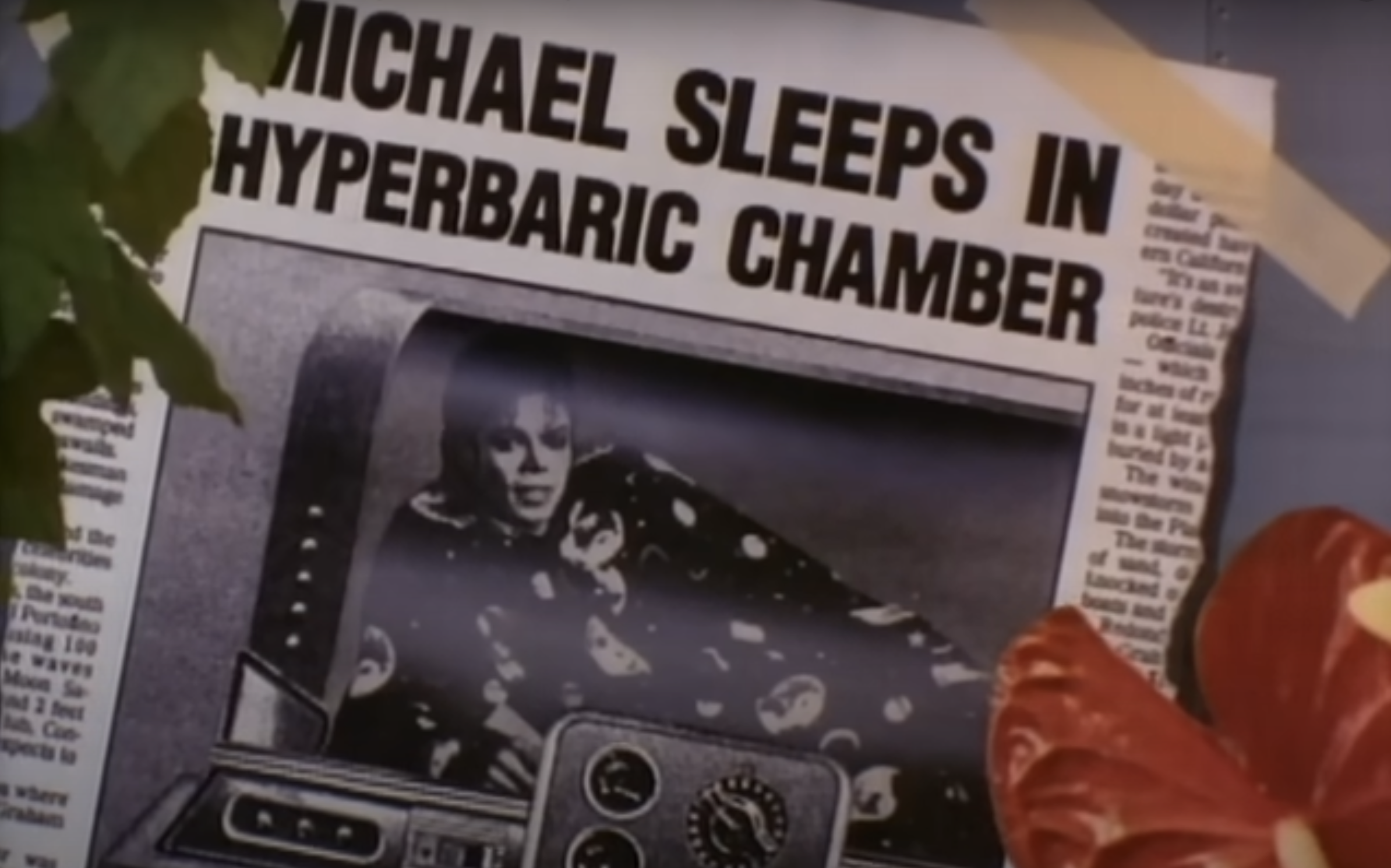
8 April 2025


